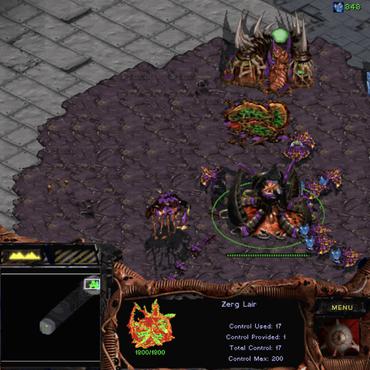Privacy-Engineered Value Decomposition Networks for Cooperative Multi-Agent Reinforcement Learning
In cooperative multi-agent reinforcement learning (Co-MARL), a team of agents must jointly optimize the team's long-term rewards to learn a designated task. Optimizing rewards as a team often requires inter-agent communication and data sharing, leading to potential privacy implications. We assume privacy considerations prohibit the agents from sharing their environment interaction data. Accordingly, we propose Privacy-Engineered Value Decomposition Networks (PE-VDN), a Co-MARL algorithm that models multi-agent coordination while provably safeguarding the confidentiality of the agents' environment interaction data. We integrate three privacy-engineering techniques to redesign the data flows of the VDN algorithm, an existing Co-MARL algorithm that consolidates the agents' environment interaction data to train a central controller that models multi-agent coordination, and develop PE-VDN. In the first technique, we design a distributed computation scheme that eliminates Vanilla VDN's dependency on sharing environment interaction data. Then, we utilize a privacy-preserving multi-party computation protocol to guarantee that the data flows of the distributed computation scheme do not pose new privacy risks. Finally, we enforce differential privacy to preempt inference threats against the agents' training data, past environment interactions, when they take actions based on their neural network predictions. We implement PE-VDN in StarCraft Multi-Agent Competition (SMAC) and show that it achieves 80% of Vanilla VDN's win rate while maintaining differential privacy levels that provide meaningful privacy guarantees. The results demonstrate that PE-VDN can safeguard the confidentiality of agents' environment interaction data without sacrificing multi-agent coordination.
PDF Abstract



